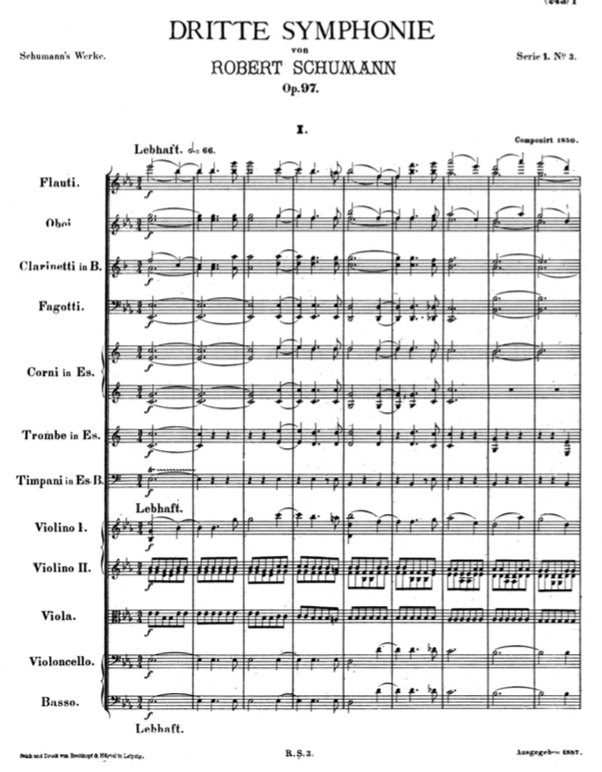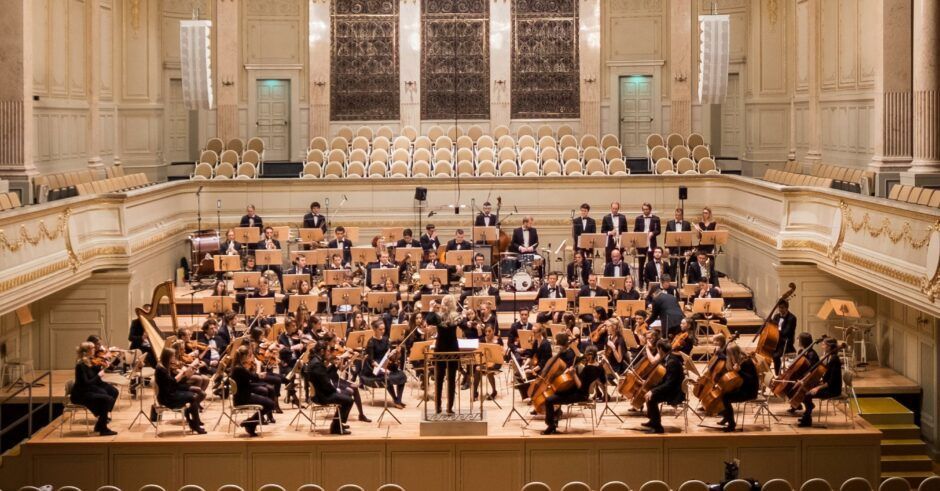Organisations creating numerous standalone strategies supporting value realisation, is as counterproductive as musicians in a conductor-less orchestra, only having their individual sheet music.
Do organisations need a Digital Strategy?
In Don’t Draft a Digital Strategy Just Because Everyone Else Is, Ken Favaro argues that
a digital or any technology strategy, results “in companies organizing their digital efforts around infrastructure: IT systems, data architecture, analytics programs, recruiting and training, partnering, governance, and so on.”
Instead of “focussing and acting on how digital technology can bring a new edge to the corporate and business strategies you already have.”
In Your Company Doesn’t Need a Digital Strategy, George Westerman, principal research scientist with the MIT Initiative on the Digital Economy and co-author of the award-winning book Leading Digital: Turning Technology Into Business Transformation, states the following.
“When it comes to digital transformation, digital is not the answer. Transformation is.
Technology doesn’t provide value to a business. It never has (except for technology in products). Instead, technology’s value comes from doing business differently because technology makes it possible.”
“You don’t need a digital strategy. You need a better strategy, enabled by digital.”
Back to the orchestra/organisation analogy … If ‘digital’ is another instrument available within the technology family that brings a new ‘edge’ to overall business opportunities and performance, identifying the part digital can play, is best understood in the context of overall business strategy.
Do organisations need a Culture Strategy?
Orchestras are human systems, the performance and interactions of every instrument family and individuals, create music, evoking physical, social and emotional human experiences.
As another human system, an organisation’s equivalence to musical experiences, is how its’ culture is experienced.
In When Developing Corporate Culture, Think Music, Chad Brooks refers to research from Iowa State University that found
corporate culture is the music of organisations.
According to Moby, in an interview which included Hans Zimmer, Rita Ora, and Rusty Rueff, “One of the really fascinating things about music is that technically – in a very literal way- it doesn’t exist.
A painting, a sculpture or a photograph can physically exist, while music is just air hitting the eardrum in a slightly different way. Somehow (moving) air can make people dance, cry, have sex, move across country, go to war and more. It’s remarkable that something so subtle can illicit profound emotional reactions in people.”
Quoting Rusty Rueff, “Music is that language that helps us express and experience emotion.” And as Henry Wadsworth Longfellow once observed, “music is the universal language of mankind.”
Although people can, and will, respond to the same music in different ways, Hans Zimmer believes, “Music lets you rediscover your humanity, and your connection to humanity. When you listen to Mozart with other people, you feel that somehow- we’re all in this together.”
Back to the orchestra/organisation analogy … Like an orchestral music experience, culture in organisations is an uniquely individual, human experience, shaped by past experiences, current expectations and our context at the time. Organisational culture is equally capable of evoking physical, social and emotional human experiences.
So, if music is to orchestras, as corporate culture is to organisations, then isn’t every business strategy (orchestral score) about culture?
In Why Culture Doesn’t Just Beat Strategy, It Must Be the Strategy, Brent Gleeson agrees. “Culture IS the strategy. It is the single greatest differentiating factor between mediocre performers and the organizations that operate at the top.”
Instead of creating a standalone Culture Strategy, focus on improving what already exists.
Approach cultural change as ongoing continual improvement, where every element of an organisation makes a difference. Ask is ‘that’
strategy, change or innovation, process, policy, job design, workload, employment practice, technology, product, service leader, manager, performance management approach, etc.
a cultural asset or cultural liability? What could turn cultural liabilities (doing harm) into cultural assets?
Answering these questions relies on asking the relevant people – employees, customers, etc. – who can share their experiences. And repeatedly measuring and acting on, the correlation of organisational culture, experience and performance.
Musicians need orchestral scores as much as conductors do
When there are too many standalone business strategies, and/or non-strategies, it’s impossible to see the forest for the trees. Harmonious performances result from everyone, not just leaders or conductors, knowing the part they and others play. The same goes for culture. The following is how orchestras achieve this.
Every musician in an orchestra gets their own music score to play their own unique lines, the exceptions being strings musicians, where many play the same lines.

The conductor and choral singers use the full score during a performance. It’s a quantum representation of how the simultaneous performance of every family of instruments and individual musicians, create one experience.
Musicians also need the full score, to understand how their part, and the part of other families of musicians, fit into the overall composition.
It creates readiness for changes of tempo and key, and the entry points when different groups of instruments come into a performance.
Conductors bring a vision for each piece of music, the emotional interpretation and how musicians shape phrasing and tone. This isn’t an autocratic decision, in rehearsals the whole orchestra contribute to refining the vision. And how to bring that shared vision to life in their performance.
The full score is marked up by the conductor, to coach musicians – during rehearsals and performances – to stay true to the shared vision of this piece of music.
The conductor’s role during performances, is ensuring transitions of change – tempo, key and entries by different ensemble members – occur.
Back to the orchestra/organisation analogy … Harmonious orchestral music is an outcome of full transparency of the orchestral score, supported by a shared, co-created vision of the music, and clarity of the roles and parts everyone is playing. With a conductor/coach, keeping everything and everyone on track, to achieve their shared vision of the performance.
Similarly, a harmonious business culture is an outcome of full transparency of the business strategy to achieve it, supported by a shared, co-created vision of the how culture will be experienced, with clarity of the part everyone plays to create it.


